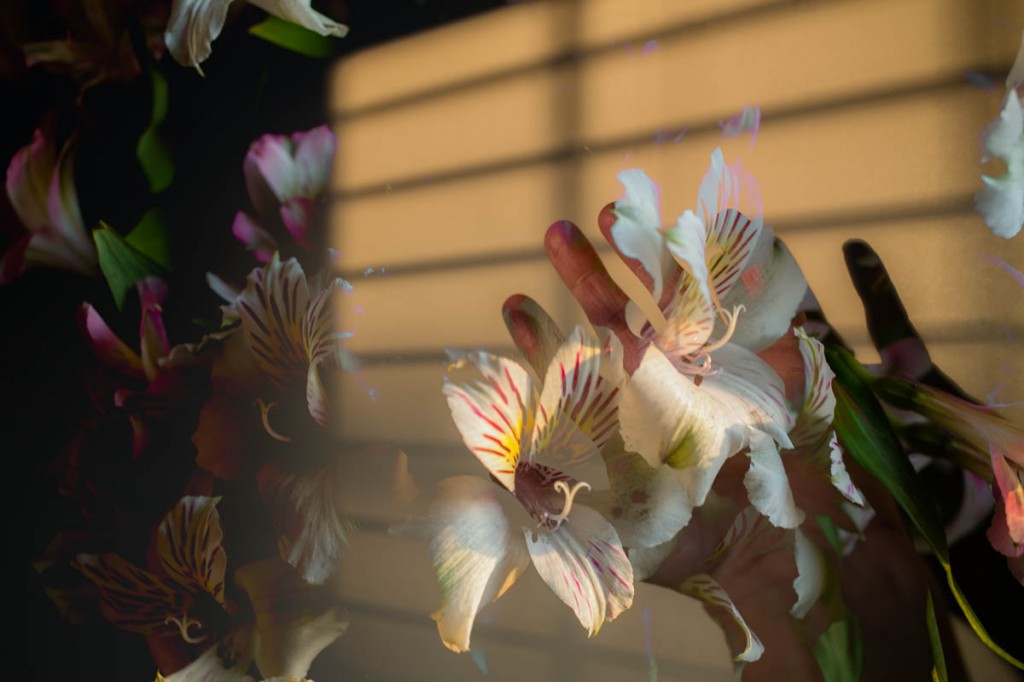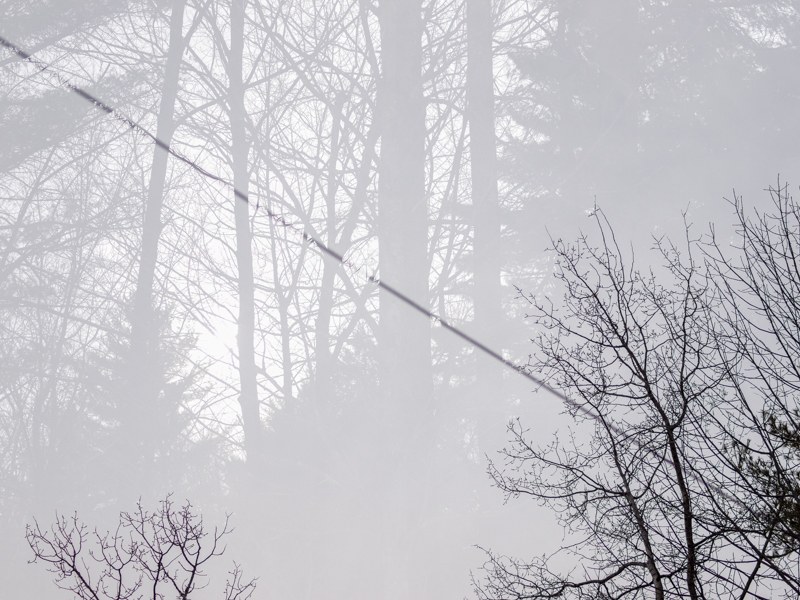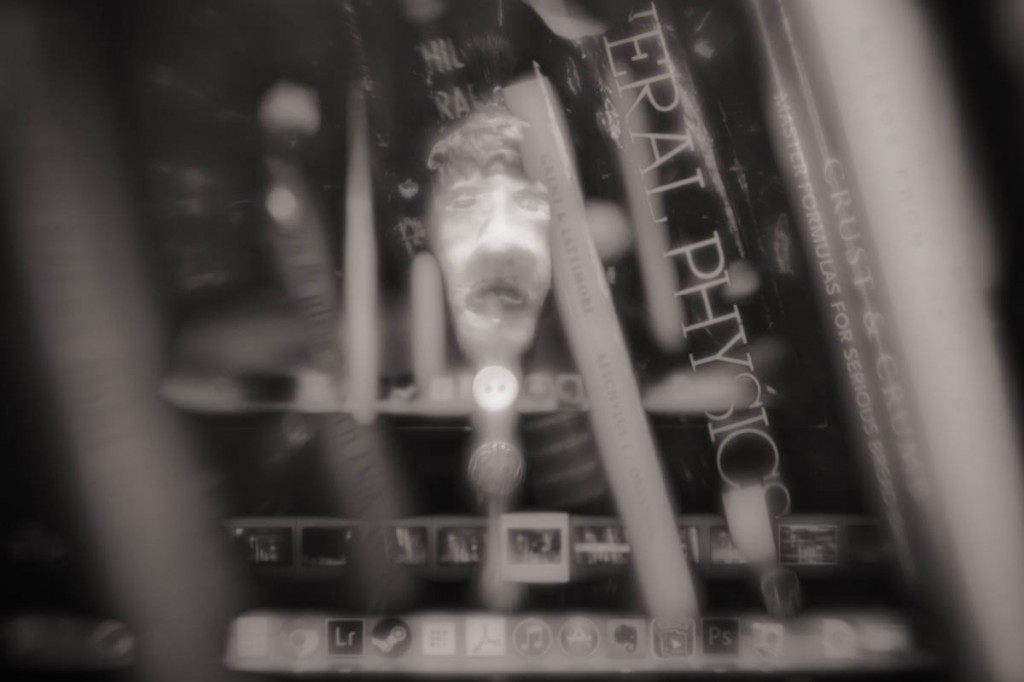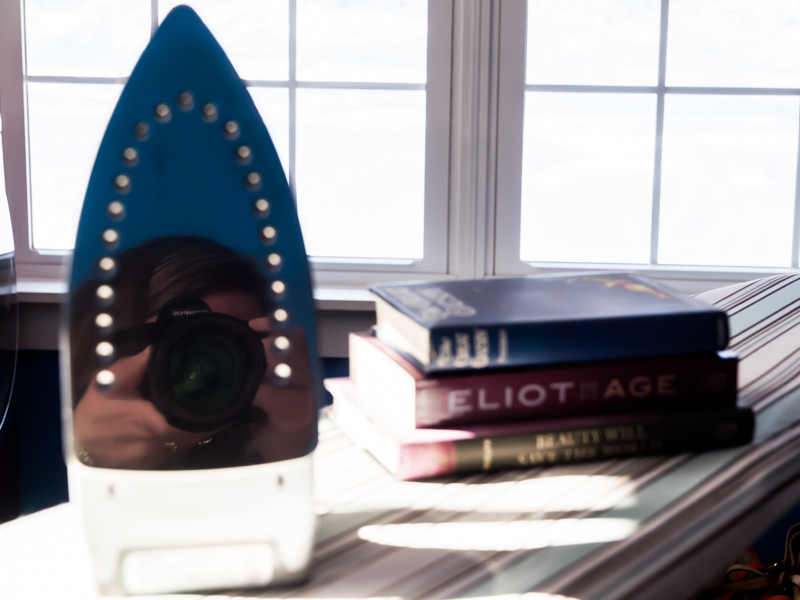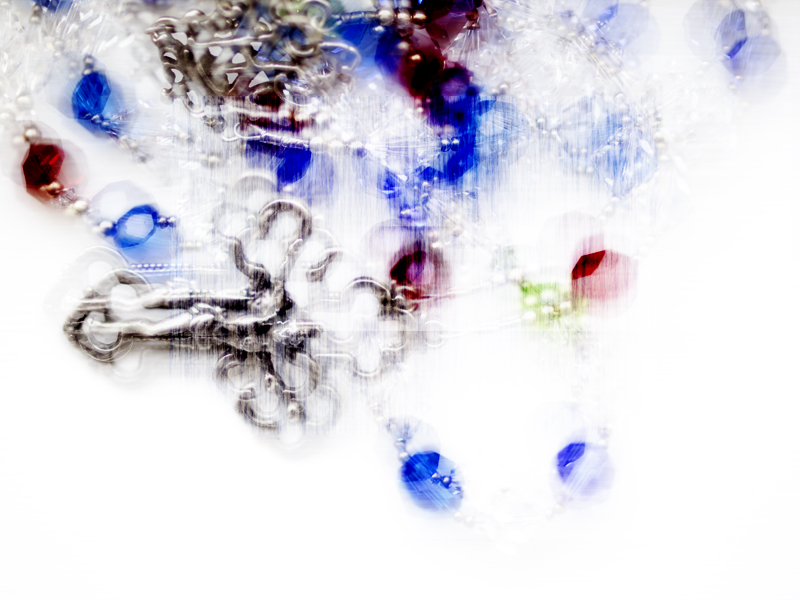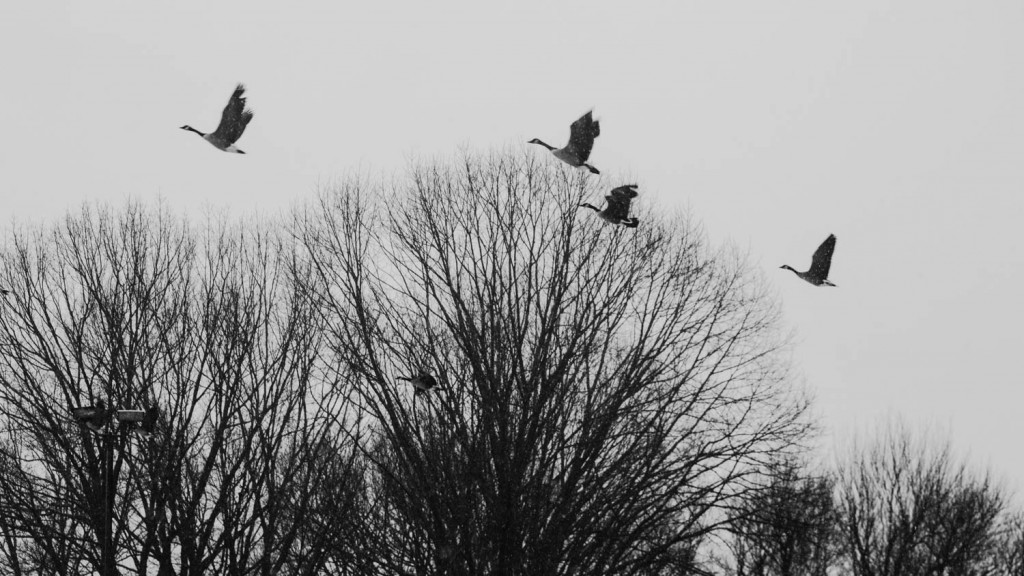Call & Response
February 28, 2015
February 27, 2015
Full
The Call: Glass Trees — Cheryl
To the rest of the world, my glass seems full: six kids, homeschooling, blogs, reading, writing, photography, art. There were many times in the past when I would have not only agreed, but maintained that the glass was overflowing. Now, there always seems to be room for more. Perhaps it has to do with the schedule I keep (or don’t, as the case may be), my relatively new-found ability to maintain boundaries, or a different perspective on what’s important enough to merit my attention. Perhaps it’s some combination of all that.
February 26, 2015
Fragments
The Response: The Line Between — Cheryl
I think, at its core, art is about rubbing out the line between what is tangible and what is felt or known instinctively. The challenge is getting that line to disappear. Few are able to accomplish it, at least on a consistent basis. The rest of us end up with ghosts and fragments of the line still visible.
February 25, 2015
February 24, 2015
Meaning
The Response: What is it? — Jessica
The joy of abstraction is in the discernment — the puzzling out of the form and meaning beyond the surface. I want to qualify surface but I can’t really think of the right one: tangible surface or visual surface? My thoughts are in a constant stage of vagueness. To clarify things would require time and energy or a healthy amount of inspiration from above.
I feel like a may have turned a small corner with the MEs. I was able to stage this photograph when I finally got what the “bright mode” was doing. I was able to set a background and then capture the lamp. It’s pretty close to what I had in my head which means that I can finally see a few possibilities and HOW to create them. There is a frustratingly small amount of ME how-to online. It’s just trial and error from this point out, isn’t it Cheryl?
But, back to my original thoughts. It’s the puzzling out of meaning that keeps me coming back to this artform. Our perceptions may all be fractured and fragmented, but there is an objectiveness to every image that begs for us to understand and find meaning. Often times without the artist even understanding fully.
February 23, 2015
Meaning
The Call: How Do I See Myself? — Cheryl
Sometimes I think back over my early years and laugh. There is no way I could have envisioned my life the way it is now.
In high school, I was led to believe that meaning in life was tied up with careers and what other people thought of you.
In college, the notion took on more depth, but even then I imagined a life in which a career (as a college professor, perhaps, or an editor at some big magazine or publishing house) played a major role. Sure, I might get married and have kids, but I saw no reason why I couldn’t also have a fulfilling work life.
My first real job after college was in an office setting with people who hadn’t seemed to find any significant meaning in life beyond paying the bills and having a fun weekend.
It took marriage to a deep thinker and a job at The Denver Catholic Register, where the people in my building signed up for half-hour shifts in front of the Eucharist every Friday, to get my mind pointed firmly in the right direction. Even then, though, I thought I could do it all. It wasn’t until about a month before my first child was born that I realized my calling, above all else, was to motherhood.
My children give shape to my life, but God gives my life meaning. That realization sometimes gets lost in the responsibilities of life or in trying to make something fit a preconceived notion, but I always come back to it.
February 20, 2015
Undecided
The Call: Where do I go? — Jessica
I couldn’t come up with a call today — of course it didn’t help that I didn’t even think about it until 2:30. So since I was undecided, I decided that I would use the shot from the car ride home. All in iphone just shot into the blinding sun, through the top of my very dirty windshield. My kids thought it was cool, so there you go.
February 19, 2015
Imagination
The Response: Worries — Jessica
Most of the quote posters you see on Pinterest remind me of the ubiquitous kitten-hanging-on-to-a-rope posters that were a staple of classrooms in the 70s and 80s.
At any rate, I did see one the other day that I really appreciated: Worry is a mis-use of your imagination.
Now, worrying is not something that I am especially prone too — in fact, if anything, I probably need to spend a bit more time worrying — my general attitude is “it will all work out just fine.” So this image is definitely NOT autobiographical. : )
I pushed the whites and blacks almost to the point of posterization. I like the effect.
February 18, 2015
Imagination
The Call: Prayer Impressions — Cheryl
In his introduction to Beauty Will Save the World, Gregory Wolfe shares his thoughts on a book written by John W. O’Malley, SJ, called The Four Cultures of the West:
O’Malley rightly stresses that the differences and clashes between the four cultures are not always about content. They are in many ways about style, about forms of thought and discourse. The classic example he uses is the debate between Erasmus and Luther on free will. The two men shared many ideas, including a passion for reforming the church, and yet the clash between them was not merely ideas. Luther spoke in the language of prophetic absolutes, while Erasmus the humanist preferred caution, nuance, and ambiguity—the accumulation of many small truths, rendered beautiful by art, to the monolithically proclaimed truth (p. xii).
Doctrine has its place, but beauty is more likely to touch the heart and soul, and that’s where imagination comes into play.
February 17, 2015
February 16, 2015
Frozen
The Call: Cold Flight — Jessica
I had another, very different image in mind this morning when I made the call. I had planned on doing more experimenting with multiple exposures. But then, when I began to play this afternoon, I really liked this one shot by itself. And it was too darn cold to stay out too long attempting to bring my idea to like. Maybe another day when the ground and air are less frozen. ; )
February 14, 2015
Decision
The Response: Ugh, a headshot — Jessica
There were many decisions that went into taking the Nicely Evolved magazine live. Perhaps the hardest was finding a headshot that I was happy with. Maybe it’s vanity but it’s hard not to be super picky when you’re looking at more than ten photos of yourself.




